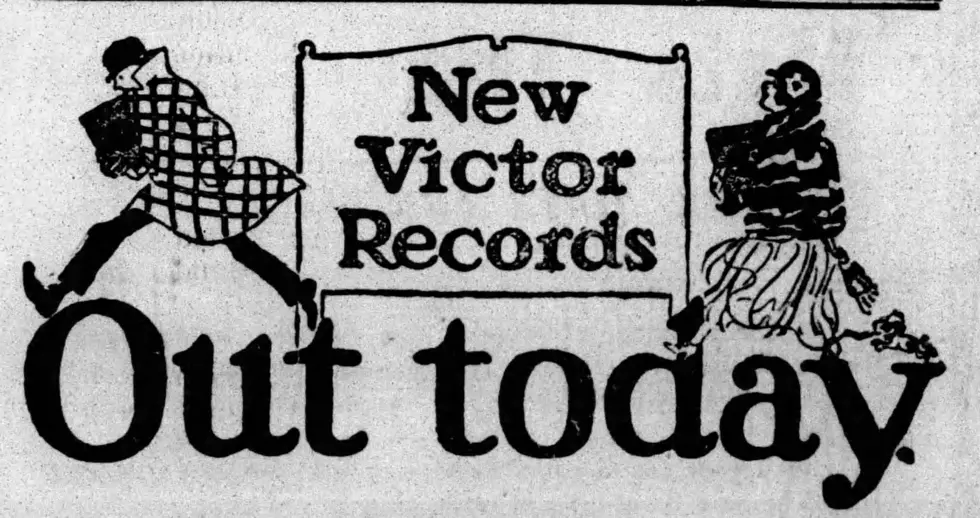
Harmon’s Histories: 1924’s top tunes are toe-tappers a century later
By Jim Harmon
We of a certain age remember the “Top Ten” records of our youth as though it was yesterday, hits like Nat King Cole’s “Mona Lisa” in 1950, and the beginning of “Rock ‘n Roll” with Bill Hailey & His Comets’ “Rock Around the Clock” in the mid-'50s.
Will today’s artists, like Hozier, Beyonce, Teddy Swims and Sabrina Carpenter, have staying power like Bobby Darin, Elvis Presley or Nat King Cole?
And will either of those eras be remembered a hundred years hence?
Perhaps. The hits of 1924 surely had staying power, songs like "Rhapsody in Blue," "It Had to Be You," "California Here I Come" and "Somebody Stole My Gal."
Many of us also remember our parents and grandparents reminiscing about famous composers, singers and orchestras of 100 years ago: Gershwin, Jolson, Fred Waring & the Pennsylvanians, and the Paul Whiteman Orchestra.
Click here to listen to 1924’s Top 50
The Washington D.C. Evening Star newspaper reported on Nov. 22, 1924, “An unusual Washington concert audience composed of a great many more young people and older men than customarily attend afternoon recitals filled Poli's Theater to capacity yesterday and listened to the remarkable program offered by Paul Whiteman and his concert orchestra.”
“Mr. Whiteman stated during the intermission that he expects to bring a new program of even more ambitious jazz classics to Washington January 2. He says that such noted American composers of the modern school as Ernest Schelling, who appeared here last March with Mengelberg and the New York Philharmonic, and Leo Sowerby are writing special works for his orchestra.”
Missoula’s Dickinson Piano Company at 218 Higgins Avenue sold sheet music for the 1924 weekly top hits, as well as the latest Victor records: “New Victor records, Once a Week, Every Week – Friday.”
There was also an interesting and ongoing sidebar story to all this: record sales versus radio airplay.
Saturday, February 2, 1924, newspapers carried a national story about record producers becoming worried that “radio receiving sets would ruin their market.” But they came up with plans to meet the challenge.
The story concluded, “Through such co-operation the phonograph market may be stimulated anew.”
“The two forms of entertainment are really well adapted to supplement each other...radio may strengthen the demand for phonographic records; and both of these, by their wide distribution of musical knowledge and interest, may stimulate anew the demand for pianos and other musical instruments.”
“In music, even more than motor cars, it is hard to imagine a saturation point. The more the public gets, the more it wants, and one form only sharpens the appetite for other forms.”
The story concluded, “The musical age is just dawning.”
Jim Harmon is a longtime Missoula news broadcaster, now retired, who writes a weekly history column for Missoula Current. You can contact Jim at fuzzyfossil187@gmail.com. His best-selling book, “The Sneakin’est Man That Ever Was,” a collection of 46 vignettes of Western Montana history, is available at harmonshistories.com.
